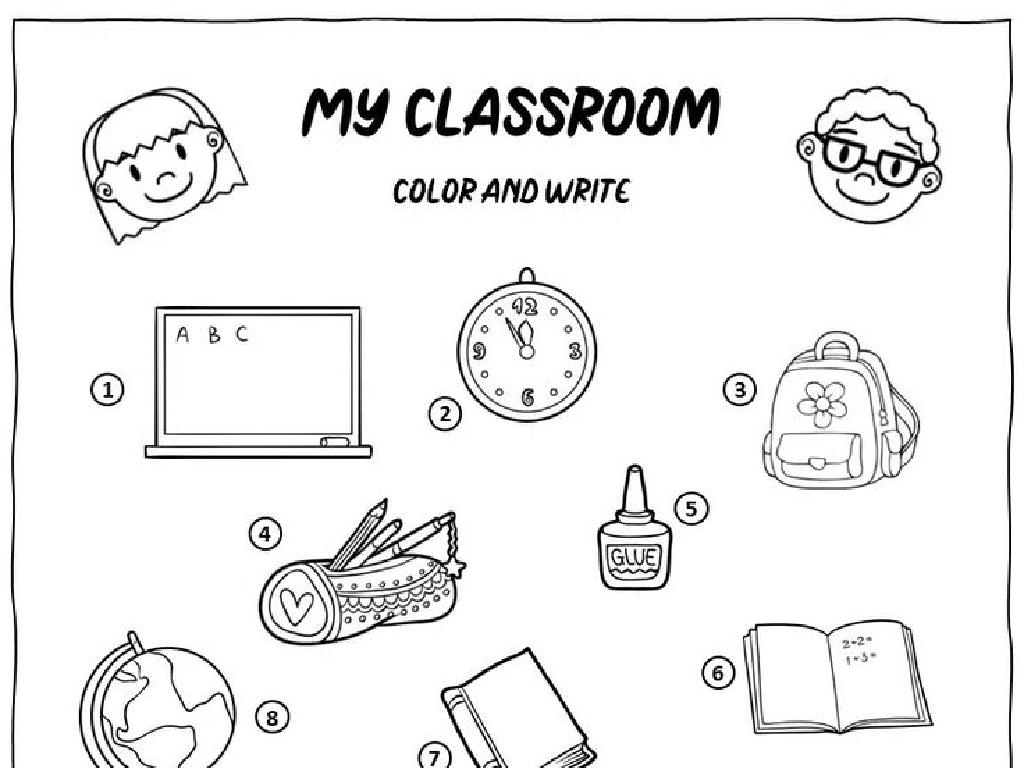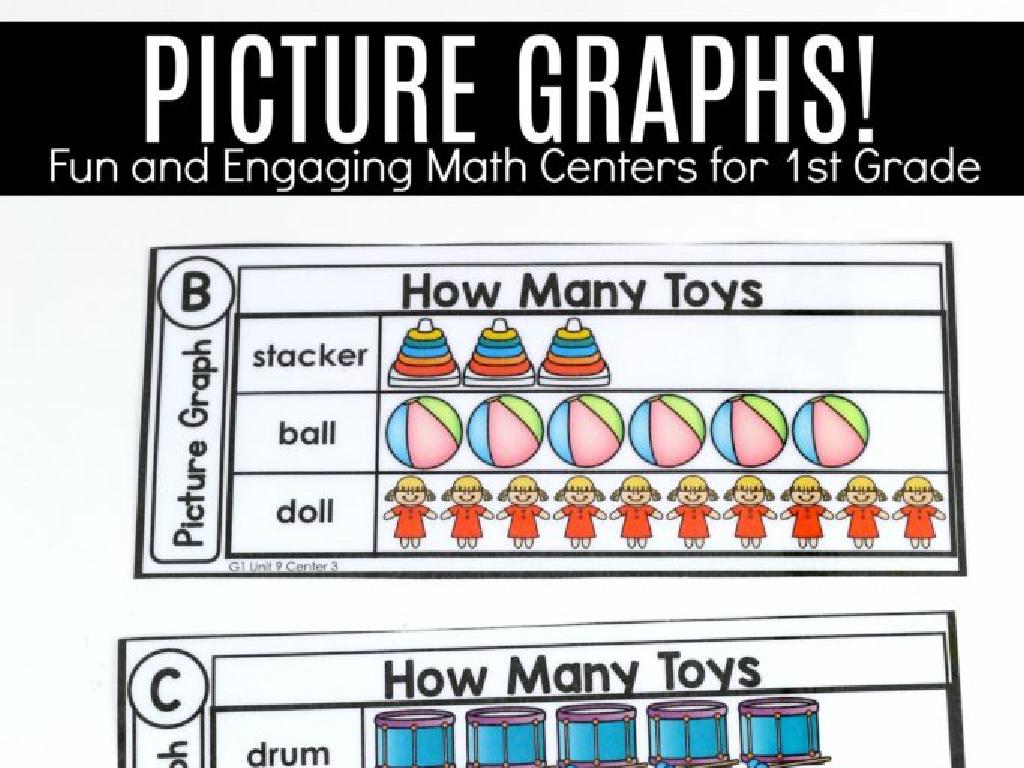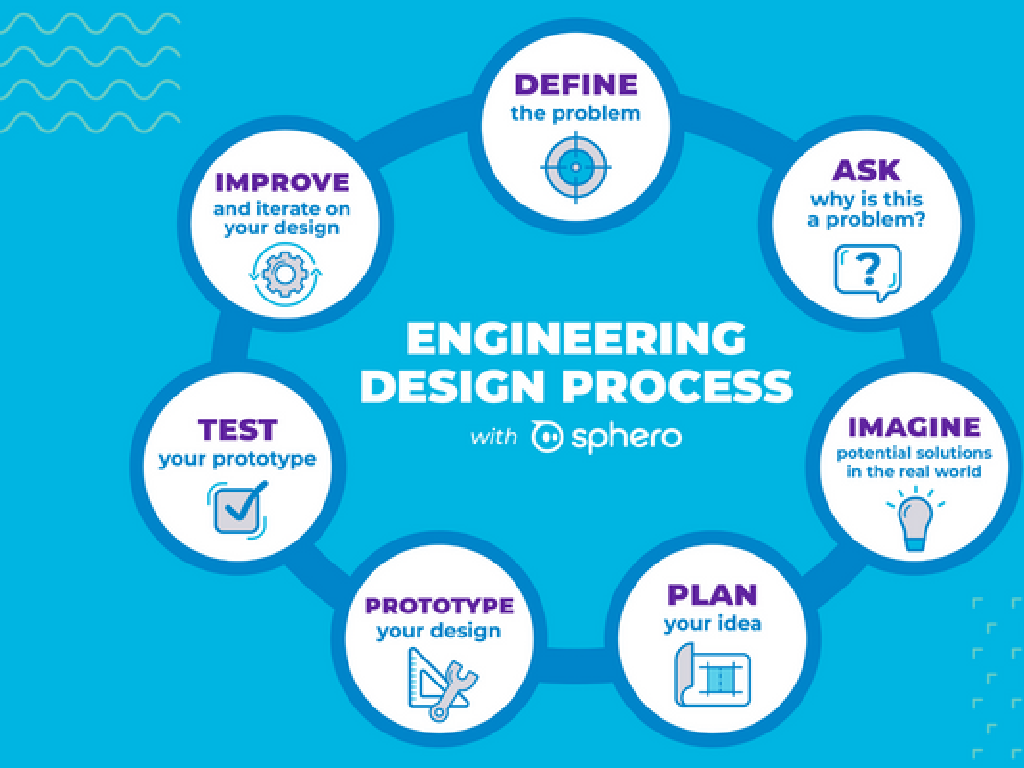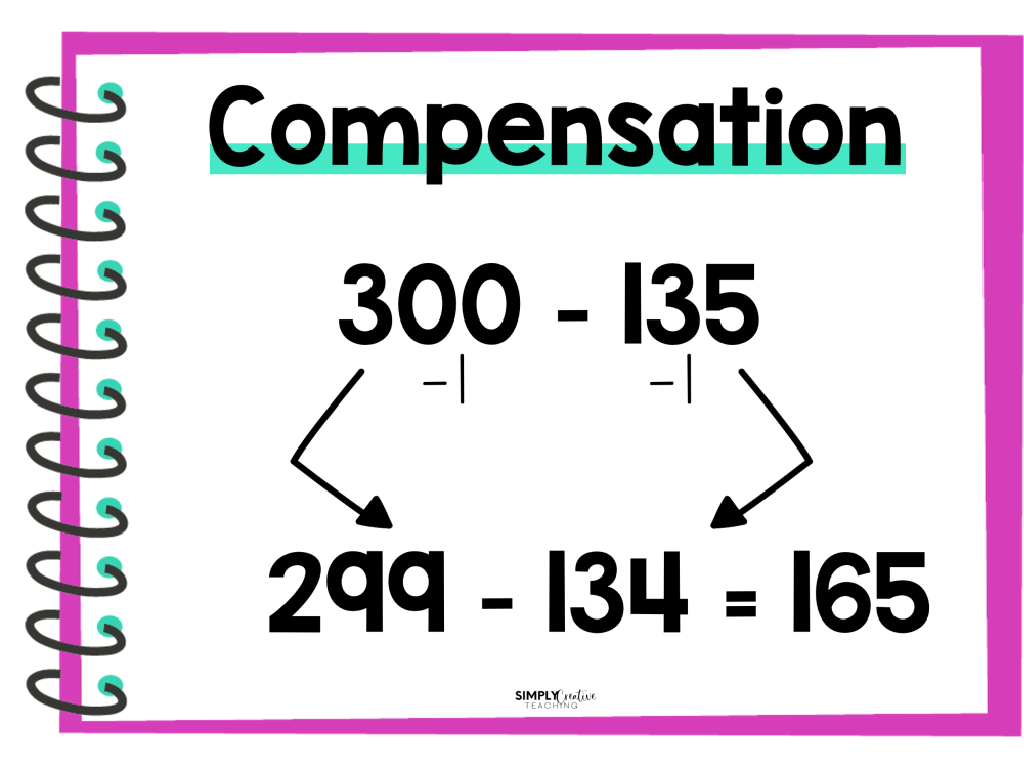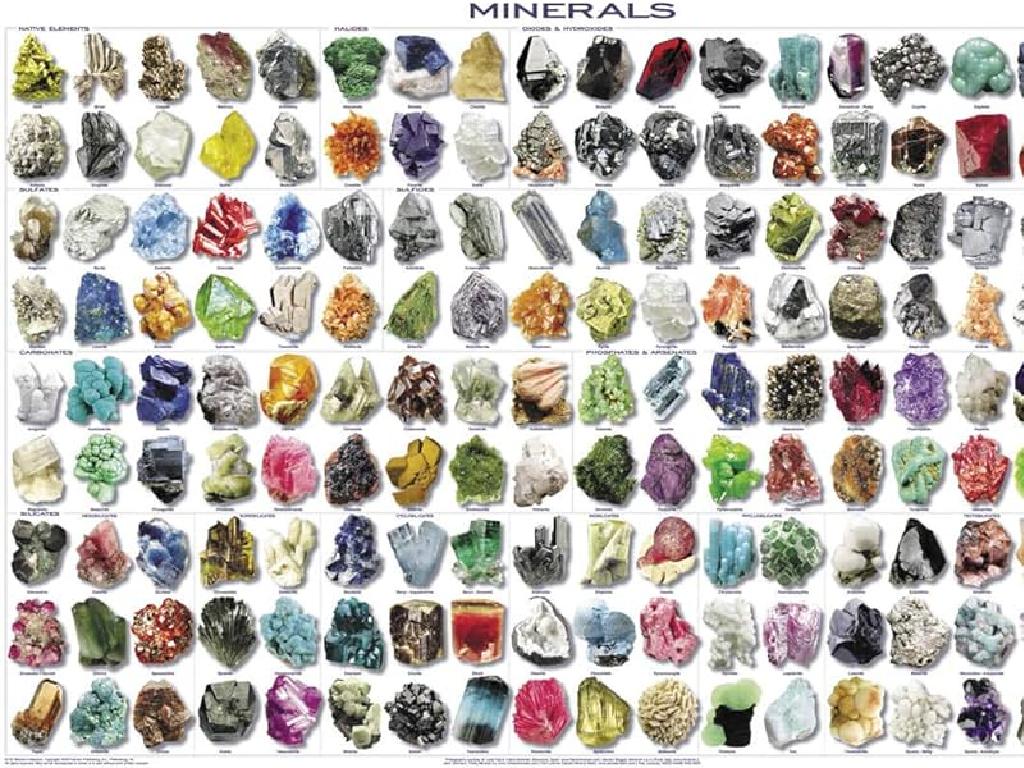Push And Pull
Subject: Science
Grade: Kindergarten
Topic: Force And Motion
Please LOG IN to download the presentation. Access is available to registered users only.
View More Content
Exploring Push and Pull
– What is force and motion?
Force makes things move or stop. Motion is when things move.
– Everyday push examples
Pushing a toy car, closing a door, or jumping high.
– Everyday pull examples
Pulling a wagon, opening a drawer, or hugging a teddy bear.
– Think of your own examples!
|
Begin the class with a warm welcome and introduce the concept of force and motion in simple terms. Explain that force is what we do when we push or pull something, and motion is the result of that push or pull – it’s when things move! Provide relatable examples of pushing and pulling that children encounter in their daily lives, like playing with toys or interacting with furniture. Encourage the kids to think of their own examples of push and pull to help them connect the concept to their world. This will make the learning experience more engaging and memorable. The goal is to help students recognize forces in their environment and understand the basics of physical interactions.
Exploring Forces: Push and Pull
– What is force?
– Force is a push or a pull
– Force makes things move
– Like when we push a toy car to move
– Force can stop things
– Like when we pull a door to stop it from closing
– Force changes direction
– Like when we kick a ball to change its direction
|
This slide introduces the concept of force to Kindergarten students. Begin by explaining that force is something that can push or pull things, which can make them move, stop, or change the way they are going. Use simple, relatable examples such as pushing a toy car to make it move, pulling on a door to stop it from closing, or kicking a ball to make it go in a different direction. These examples will help the students to visualize and understand the concept of force in a tangible way. Encourage the students to think of other examples of push and pull they have experienced in their daily lives.
Exploring Pushing Forces
– Pushing moves things away
– Push a swing to make it move
– Use your hands to push the swing and watch it move forward
– Close a door with a push
– When you push the door, it moves to close
– Move a toy car by pushing it
– Pushing the car makes it roll away from you
|
This slide introduces the concept of pushing forces to Kindergarten students. Emphasize that when we push something, we apply force to move it away from us. Use tangible examples that children are familiar with, such as pushing a swing, which they likely encounter in the playground. Explain that the swing moves because they apply force to it. Similarly, when they push a door, it closes because the force moves it in that direction. Lastly, demonstrate with a toy car how pushing it causes it to roll away, which is another example of a pushing force. Encourage the students to think of other examples of pushing forces they have experienced.
Exploring Pulling Forces
– Pulling brings things closer
– Example: Pulling a wagon
– Like when we play with wagons in the yard
– Example: Opening a door
– Like when we go into a room
– Example: Dragging a teddy bear
– Like when we play with our toys
|
This slide introduces the concept of pulling forces to Kindergarten students. It’s important to use relatable examples that resonate with their daily experiences. Explain that when we pull on something, we are applying a force that brings it closer to us. Use the examples of pulling a wagon, opening a door, and dragging a teddy bear to illustrate this concept in a way that they can understand and have likely experienced themselves. Encourage the students to think of other examples of pulling actions they perform at home or in school. You can also demonstrate the concept by showing how different objects can be pulled and asking the children to share their observations.
Push or Pull? Let’s Explore!
– Look at pictures together
– Decide: Is it a push or a pull?
– Pushing is when you move something away, pulling is when you draw it closer.
– Vote as a class on each one
– Learn about force in fun ways
– Understanding force through real examples helps us see how things move.
|
This slide is designed for an interactive class activity to help Kindergarten students understand the concepts of push and pull as types of forces. Display various pictures depicting different scenarios where objects are being pushed or pulled. For each picture, engage the students by asking them to vote on whether the action is a push or a pull. This will not only make the learning process interactive but also help them differentiate between the two types of forces in a practical way. Encourage students to explain their reasoning for their choices to foster critical thinking. Possible activities include voting on pictures of doors being opened or closed, a wagon being pulled, or a ball being kicked.
How Do We Use Push and Pull in the Morning?
– Pushing to brush teeth
– We push the brush on our teeth to clean them
– Pulling to comb hair
– We pull the comb through our hair to untangle it
– Pushing to put on shoes
– We push our feet into shoes to wear them
|
This slide is aimed at helping Kindergarten students recognize the concepts of push and pull in their daily routines, specifically in getting ready in the morning. Teachers should encourage students to think about their actions and identify whether they are using a push or pull motion. For example, when they brush their teeth, they push the brush around their mouth. When they comb their hair, they are pulling the comb through. And when putting on shoes, they push their feet inside. These relatable activities will help them understand the practical application of force in everyday life. The teacher can demonstrate each action and ask the students to mimic the motions to reinforce the concept.
Push and Pull in Nature
– Forces exist in nature
– Wind pushes sailboats
– Wind makes the boat move on water
– Gravity pulls apples down
– Apples fall due to earth’s gravity
– Push and pull examples
|
This slide introduces the concept of forces in nature, specifically push and pull. Explain that a force is something that can move things. Wind pushing a sailboat is an example of a push force in nature, making the boat glide across the water. Gravity pulling apples down from a tree is an example of a pull force, bringing the apples towards the Earth. Use simple language and real-life examples to help the children understand these concepts. You can demonstrate the push force by blowing on a paper sailboat and the pull force by dropping an object to the ground. Encourage the children to think of other examples of push and pull they have seen in nature.
Class Activity: Push and Pull Hunt
– Let’s explore push and pull
– Find items to push and pull
– Look around the classroom for objects you can push like a chair, or pull like a drawer
– Draw your push and pull items
– Use crayons to draw a picture of each item
– Share your drawings with the class
– We’ll show our pictures and discuss what we learned
|
This activity is designed to help Kindergarten students understand the concepts of push and pull through a fun and interactive classroom hunt. Teachers should guide the students to safely explore the classroom and identify objects that can be pushed or pulled. Encourage creativity in their drawings and ensure they grasp the difference between the two types of forces. After the activity, facilitate a discussion where each student presents their drawings and explains their choice of objects. This will reinforce their understanding of push and pull forces and how they operate in everyday objects. Possible activity variations could include outdoor hunts, group collaborations, or using toys to demonstrate the forces.
Fantastic Forces: Push and Pull
– Congratulations on learning about push and pull!
– Daily life is full of push and pull forces
– Opening doors (pull), playing with toys (push)
– Science is everywhere, even in simple actions!
– Keep observing how you use push and pull
– Notice when you push or pull things at home or school
|
This slide wraps up the lesson on push and pull, two fundamental types of forces that we encounter in our everyday activities. Reinforce the concept that science is not just in the classroom but is a part of the world around us. Encourage the children to be curious and to continue observing how they use push and pull in different scenarios, such as when they interact with objects like doors, toys, and playground equipment. This will help them connect the concepts they’ve learned to real-world experiences, fostering a deeper understanding and appreciation for science in their daily lives.

